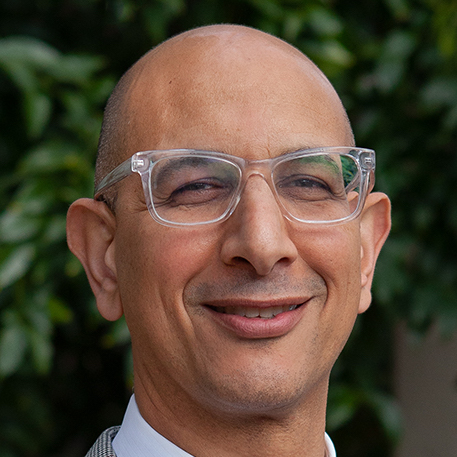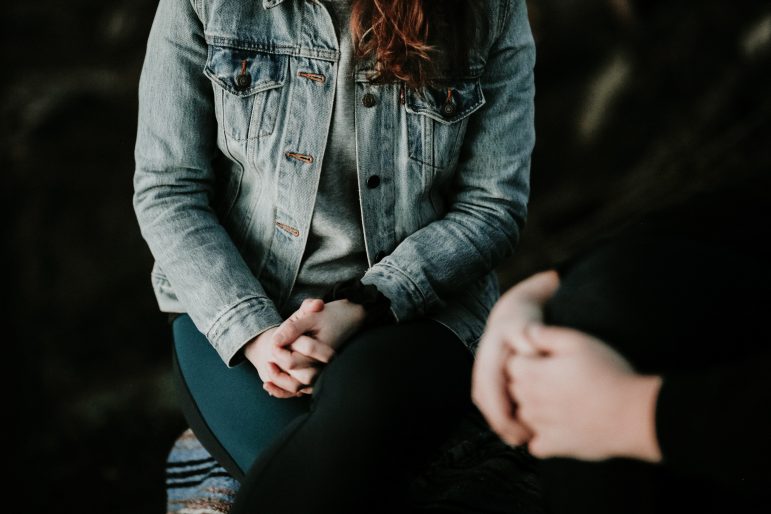
As a father and a pediatrician, I know how much California’s kids and young people have suffered during this pandemic: Schools went online. Sports teams took a hiatus. Friend hangouts were postponed. And family holidays were paused.
For my own four children, that meant a lot of online school last year, missing their classmates, friends and relatives.
Now replicate this experience by millions of kids, and it’s clear why Gov. Gavin Newsom recently proposed an unprecedented $4 billion investment in behavioral health for all Californians up to age 25.
Even before the pandemic, California didn’t have enough behavioral health services for all its young people. There’s no universal place to go if a young person is struggling with stress, anxiety, depression — or something more serious. There is too little focus on prevention, too few programs, too few behavioral health professionals, too few emergency services, and too few hospital beds for young people with mental health and substance use issues.
But we have a chance to fundamentally transform the delivery of behavioral health services over the next five years with the California Comeback Plan. I urge the Legislature to take action on this proposal.
Why? Because serving young people and doing it well pays off.

Half of all lifetime cases of diagnosable mental illnesses begin by age 14, and three-fourths of all lifetime cases of diagnosable mental illness begin by age 25. And, the most glaring behavioral health challenges are shouldered inequitably by communities of color, low-income communities, LGBTQ+ communities, and in places where adverse childhood experiences are widespread and prominent.
But now, as the state recovers and emerges from this pandemic, we have the resources to take a statewide, comprehensive approach to this persistent health care gap. The opportunity to build a true system of care for all Californians up to age 25 — regardless of insurance status — will change the lives of the next generation of Californians. It has the potential to change the drivers of homelessness, incarceration and poverty.
The front door of the governor’s proposal is a web-based portal offering resources and services, including on-line chat with age-appropriate, culturally competent sections for youth encouraging them to chat, call or participate in on-line support and educational groups. When more intensive services are needed, the portal will connect young people to one-on-one crisis counseling with peers matched by language, race/ethnicity and age.
This builds on our successful CalHOPE website, which has provided crisis counseling and educational sessions for adults almost 160,000 times. The CalHOPE Connect Chat service, which began in April 2021, had more than 14,000 conversations with peer crisis counselors in its first two weeks.

The governor’s proposal also supports the development and sharing of evidenced-based practices to improve outcomes for children and youth at high risk for mental health conditions with a focus on efforts that are tailored for disproportionately impacted communities and communities of color.
It builds up mental health and substance use disorder treatment and facilities to provide in-person services to children and youth when needs intensify. It enhances Medi-Cal benefits by adding Dyadic services, a model of providing care to children in a family-based screening and treatment model. The plan builds capacity to increase the number of students receiving school-linked preventive and early intervention behavioral health services. It expands the availability of school-based behavioral health counselors and coaches.
What’s more, it develops the overall behavioral health workforce to meet the needs of children, youth and their families. Right now, only about a third of young people with behavioral health conditions are getting the care they need. We wouldn’t accept this with a condition like diabetes, and it’s not OK with behavioral health.
And, lastly, it creates a public education campaign that is culturally and linguistically competent to reduce the stigma on behavioral health needs and empower children, youth and their families to seek needed care before a crisis.
I can’t imagine a better investment in the health of our children and our state. I look forward to working with the Legislature to make this plan a reality.
